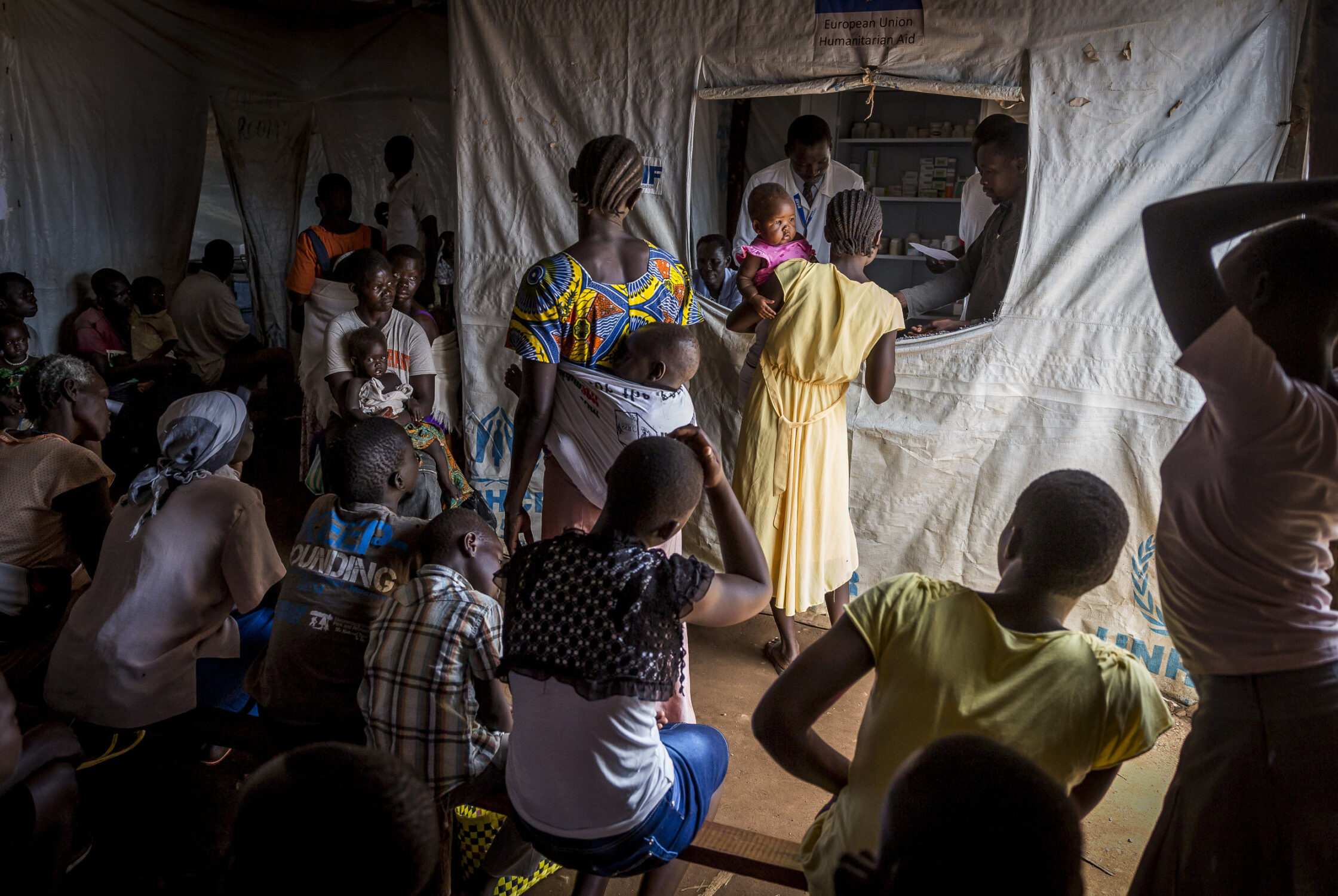Sexual Assault Awareness Month: Major Risks for Women on the Move

As sexual assault awareness month draws to a close, we sat down with Refugees International Senior Advocate for Women and Girls Devon Cone to discuss the issue of sexual assault and how it affects the displaced communities we work with.
What are you focused on this sexual assault awareness month?
When people are displaced, the risks of experiencing sexual assault dramatically increases. Globally, at least 35 percent of women report that they have experienced physical or sexual violence at some point in their lives. In some communities, the rate is closer to 60 and even 75 percent. Sexual assault is defined as any type of sexual activity or contact to which one person involved does not consent. For people who are forced to flee their homes, sexual assault is a significant risk that adds an additional layer of hardship to what is already a dangerous and uncertain journey.
In my role as Refugees International’s senior advocate for women and girls, I am focused on the many forms of sexual assault faced by women and girls in displacement, including rape, sexual exploitation, forced marriage, sex trafficking, and other forms of gender-based violence (GBV). These types of assault are all serious violations of human rights and have enormous psychological and physical consequences.
During this sexual assault awareness month, I am committing myself to visit displaced communities where these issues are most prevalent and to bring the voices and experiences of these survivors to the forefront of the policy debate.
How common is sexual assault among refugees and displaced people?
Sexual assault is far too common among refugees and displaced people. People often do not feel comfortable or safe enough to disclose incidents of sexual assault, making the full scope of the problem difficult to ascertain. They might feel like humanitarian actors and government authorities are not to be trusted, do not have the ability to help them, or are unable or unwilling to protect them. While disclosure rates are far below the actual number of incidents of sexual assault, some organizations are working hard to gather accurate data.
In 2016, the Women’s Refugee Commission found that among urban refugees surveyed in Quito, Beirut, Delhi, and Kampala, approximately 61 percent said they or someone they knew experienced sexual coercion—a form of sexual assault. A 2017 UNICEF study of the central Mediterranean refugee and migrant crisis found that nearly half of women reported sexual violence and abuse throughout their journeys. Although there are many studies on specific areas, data aggregated across regions and countries is difficult to find. The lack thereof poses a significant obstacle to effective response. We need comprehensive and accurate data to address sexual assault of people on the move at a global level.
Are any particular communities at increased risk?
Displacement exacerbates already existing gender inequalities and protection risks, particularly for women and girls. As such, sexual violence and exploitation almost always increases in displacement. While all people can experience sexual assault, those risks are greater for women or girls traveling alone, women and girls with disabilities, women and girls who have already survived sexual violence, and for sexual minorities, among others. These groups often have less forms of built-in social protection and their needs are often not considered a top priority in humanitarian programming.
What can be done to protect refugee women and children against sexual assault?
We need practical on-the-ground improvements such as increased lighting around refugee accommodation sites, more sex segregated facilities, locking latrines, information-sharing on refugee rights, and safe spaces for women and girls. When assault does occur, the conditions in which survivors disclose their assaults must be safe. It is imperative that there are sufficiently funded organizations to provide legal assistance, psychosocial support services, and healthcare throughout the entirety of the displacement cycle. In addition, mechanisms must be in place to hold perpetrators accountable, along with the political will to do so. With real legal accountability, survivors will know that their voices will be heard, and perpetrators will know that they will face serious consequences—a key component to reducing sexual violence among displaced people.
What is the most important thing people should know about sexual assault as it relates to your work?
The extent of sexual assault faced by refugees and displaced people is enormous. Both males and females face sexual assault, but an overwhelming majority of survivors are women, children, and other marginalized groups. Refugees and forcibly displaced people have horrific stories of survival, and yet safety often remains elusive. The risk of sexual violence persists long after people flee from their homes and can often increase in refuge. With this knowledge, policymakers and donors must keep sexual assault at the forefront of their planning, programming, and funding—now more than ever.